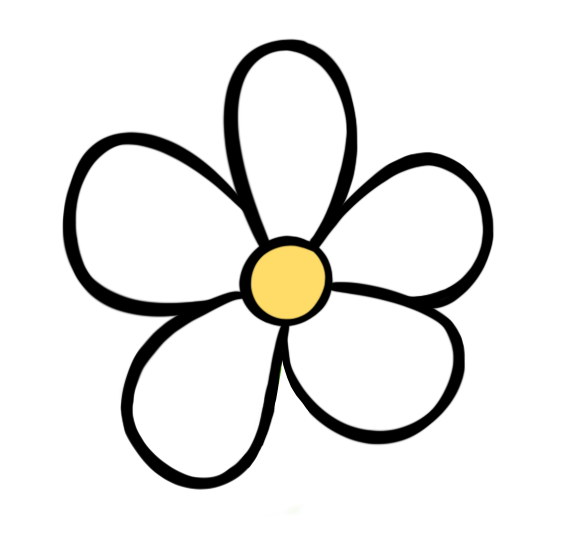What is Hiding Behind the Anger?

Today’s Ask Susie G. focuses on looking at what makes us an angry parent and what is hiding behind the anger? Often we only attribute our anger to our child’s behavior and don’t realized there could be something more complex at play. Enjoy my response to: What is Hiding Behind the Anger?
Ask Susie G.
Dear Susie,
I feel like I am failing as a parent. It is like my children and I are constantly battling each other. They get angry, then I get angry, then they cry, then I feel bad (for just a minute) and then they just make me angry again. It’s like I can’t escape the anger. I wake up every morning convinced I am going to be different from the day before, but nothing seems to change. I am so tired of feeling this way! Is this normal? Do other moms deal with this? Is there anything I can do differently? Any ideas would be greatly appreciated.
Thank you,
Angry Mom
My Response:
Dear Angry Mom,
Parenting tugs at our heartstrings in many ways, so what you are experiencing with your kids is not that unusual. The first step to understanding anger is looking at what is behind the anger. Sometimes, anger is a sign that something else is going on which is often tied to sadness and fear. Let’s break it down…
Parenting is exhausting and sometimes our anger is simply a result of being tired, hungry, sick, or hormonal. Sleep, food, medicine, and time usually take this anger away and bring us back to center. But, like I discuss in my book, The Parenting Backpack, if this anger is raging all the time, you need to ask yourself why? Running yourself into the ground, doing everything for everyone else, and doing nothing for yourself doesn’t help you or your children. In fact, it backfires and often expresses itself as anger.
There is another form of anger that often goes much deeper. As a school counselor, I spent a lot of time talking about anger with my students. I use the iceberg analogy to describe anger. When we look at an iceberg, we only see the tip of the ice. We only see what is above the water, and while it is a huge piece of ice jutting out of the ocean, the ice block below is even bigger. When we are angry, we are just showing the tip of the iceberg. Deep down below the surface are much bigger feelings. Deep down below the surface are sadness and fear. Anger is simply a cover for these stronger emotions.
Anger is a coping skill, a defense mechanism, and a protector. It is much easier to show anger than it is to show sadness or fear. Anger feels powerful and controlling while sadness and fear feel vulnerable and helpless. We use our anger to protect ourselves from what we are sad about and what we fear. I challenge the parents I work with to think about times they have been angry and then ask the question, what is behind the anger? Here are some examples of the thoughts behind the anger:
- You get angry with your child for coming home with “another” note from the teacher saying he has misbehaved. What might be behind the anger? Fear that people will think your child is a “bad” person. Sadness that you have somehow failed as a parent.
- You get angry when your child doesn’t turn in his homework. What might be behind the anger? Fear that your child will get bad grades and not make it into the school of choice. Sadness that your child is not doing well.
- You get angry when you catch your child vaping. What might be behind the anger? Fear that your child might become addicted. Sadness that your child is doing something to harm her health.
- You get angry at your child for telling another child she does not want to play with her anymore because she is not being nice. What might be behind the anger? Fear that the other moms will think your child is mean. Sadness because the other moms might not like you.
- You get angry when your child runs out into the street. What might be behind the anger? Fear that he might have hurt himself. Sadness at the thought of possibly losing your child.
- You get angry at your child’s school when your child continues to be bullied. What might be behind the anger? Fear that your child will do something to harm herself. Sadness that your child is hurting.
So, let’s go back to your original question, first ask yourself, are you getting angry because you are tired, hungry, sick, or hormonal? If so, are you doing too much for everyone? Or is your anger coming from a deeper sadness and fear? Once you can pinpoint where your anger is coming from, you can then learn to take better care of yourself or begin processing your sadness and fear. This is the first step!
Once you are aware of what is going on behind your anger, the next step is understanding how it is affecting your parenting and learning the tools you will need to make the changes you want.
You can learn about these tools and more in my book, The Parenting Backpack. For now, focus on what is hiding behind the anger. Sometimes when we know what anger is really about, we become gentler on ourselves. When we become gentler on ourselves, we become gentler with others. It is the first step to healing.
Thanks for reaching out and hang in there!
Susie G.

